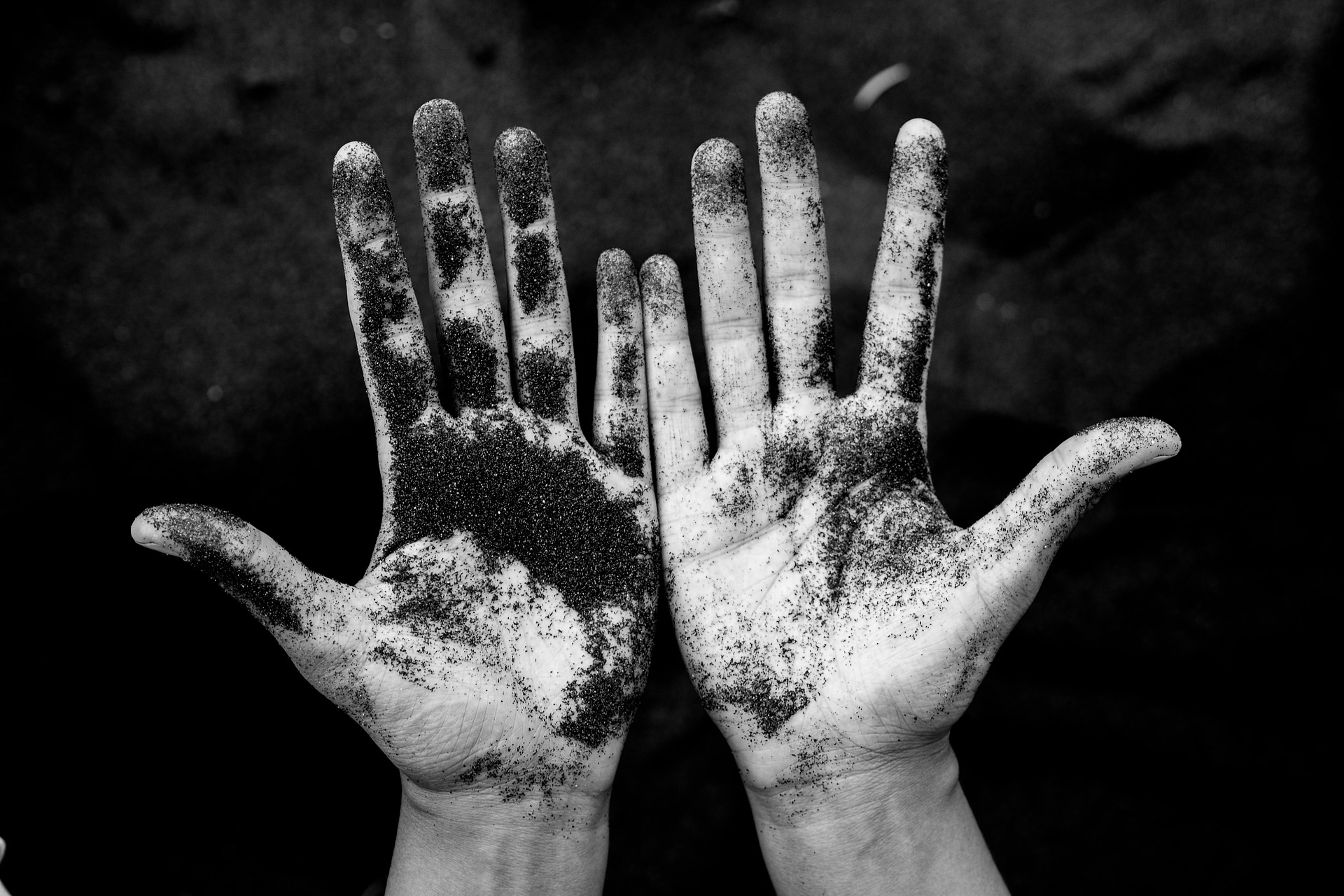Note to USDA: The Time for Regenerative Agriculture Is Now
Lessons taught by a Kansas farmer continue to guide Blogger Ron Nichols years later about the importance of soil to agriculture.
Author: Ron Nichols | Published: March 12, 2018
It was Kansas farmer Gail Fuller who “took me to school.”
“You should be ashamed,” he told me bluntly.
As an employee (at the time) of USDA’s Natural Resources Conservation Service, I had assumed our 80-plus years of conservation work would insulate us (and me) from such a scathing rebuke. I assumed we were the ultimate “good guys” when it came to soil stewardship.
“Your agency came up with ‘T,’” Gail said in a tone that rang of indictment. (“T” is a concept developed by the Soil Conservation Service, now the NRCS, that established the minimum soil loss or erosion rate required to sufficiently reduce soil organic content and harm crop productivity. That rate, which is still used today, is measured in tons of soil per acre.)
“Tolerable loss of soil? Do you really think there’s such a thing as a ‘tolerable’ loss of soil?” he asked. “We should be rebuilding our soil.”.
After absorbing the initial impact of Gail’s candid reprimand, I realized he was right. “Okay,” I said, “but can soil regeneration be done profitably on a large scale without reducing productivity? “
“It can and it is. Right here on my farm,” he said.
KEEP READING ON CORN & SOYBEAN DIGEST

